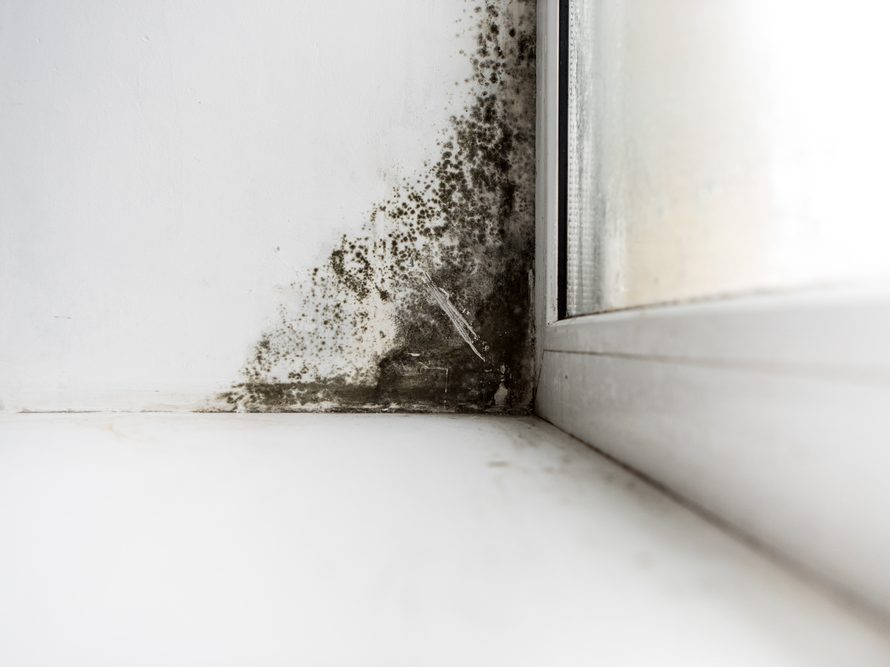As commercial homeowners and supervisors along with the eastern coast shift from typhoon preparation to clean-up, lots of are discovering their structures have suffered water intrusion. Left unnoticed and unattended, water invasion will lead to microbial contamination, the growth of mold. Occupants of structures where mold levels rise can experience significant health problems. Building owners and supervisors are legally and morally obligated to preserve indoor air quality that is safe for the people who live and work there.

Here are three useful suggestions for business homeowner and property managers in the after-effects of flood damage:
Tip # 1 – Check the building for leakages in the plumbing lines, roofing, and siding right now. Look for proof of water entering the structure. Undiscovered, mold problems might escalate until the point where aggressive mold removal is the only option. With timely detection, though, sometimes the only action needed is extensive cleaning, drying, and possibly some minor repairs to the building.
Pointer # 2 – Engage a mold specialist to do a thorough inspection of the structure. Permeable building products are especially vulnerable to damage from absorbing water and any pollutants in that water. Mold spores begin germination within just a couple of days and can quickly result in a major problem. A mold professional has the innovation and training to assess noticeable and covert indications of water invasion and mold growth throughout the whole structure, including every room on every floor, crawl spaces, and basements, HVAC ducts, inside and out. You will not just get a composed mold assessment, but likewise, suggestions for remedying any issues found.

Suggestion # 3 – If the mold inspection reveals any mold concerns, take remediation action immediately. While it might be tempting to try to conceal or camouflage water damage with paint, the smell will soon be unmistakable and the issue will not disappear on its own. Even worse yet, the indoor air quality will end up being increasingly uneasy and risky for the building’s occupants. Stopping working to remediate leaves the building owners and managers vulnerable to lawsuits, and is never worth the danger.
Flooding is one of the most apparent reasons for mold development, but there are many others, including damaged or dripping pipelines, faulty or stopped up rain gutters, malfunctioning devices, as a result of snuffing out a fire, leaks in roofing or siding, defects in a structure’s structure or sealing, and vapor barrier defects. Structure management’s finest practices include getting a regular indoor air quality inspection, mold testing, consisting of inspecting for mold.
